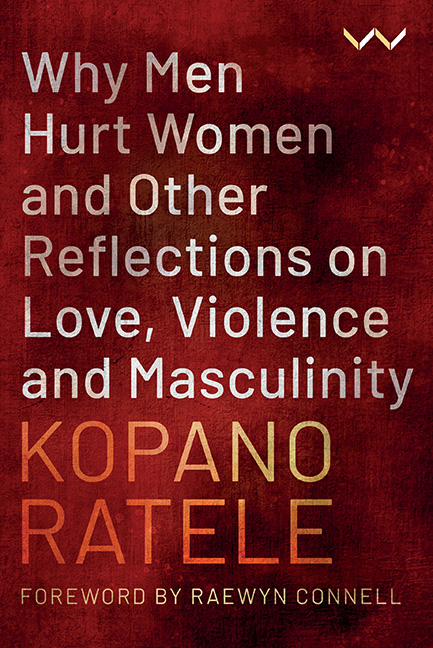32 - Before death, before conception, in the many in-between moments, then repeat
Published online by Cambridge University Press: 24 November 2023
Summary
When is the optimal time to intervene if you want to change men? This is a question I have asked myself more than once. I also get asked it by others.
My answer: the birth room. There is no better time to make men aware that many of the behaviours the majority of them tend to associate with real manhood are more likely to lead them to an early death, than when they are in the birth room. If we use the teachable moment when a man’s wife, girlfriend or friend is giving birth, then we might start to see some changes in how men think about life and death. That is pretty much the answer I gave in response to the question when I was asked by some students after a talk I gave at Stellenbosch University. It was September, the month after Women’s Month. It was also the month in which the national police ministry used to release their annual crime statistics. The statistics are now released quarterly.
I was wrong, of course. But my mistake has nothing to do with being idealistic, or with whipped manhood, or even with notions that men ought to enter the labour room.
I am no idealist. I am a critical psychologist of masculinity. I do not know about being whipped.
That question – of when is the best time to intervene to make men less violent – is one to be kept in mind every time we read crime statistics issued by the South African Police Service (SAPS). Around the time of the talk at Stellenbosch University, the SAPS had released the 2011/12 crime figures. The report indicated 15 609 reported cases of murder for 2011/12, down from the 15 940 cases reported for 2010/11. You don’t need to be a statistician to know that this was an insignificant drop. That said, the number of murders had decreased by 27.6 per cent in the eight years from 2004/05 to 2011/12. That is a significant reduction.
But I was aware that things could change in the wrong direction. More crucially, what was needed was an even more dramatic reduction in violence.
- Type
- Chapter
- Information
- Publisher: Wits University PressPrint publication year: 2022

